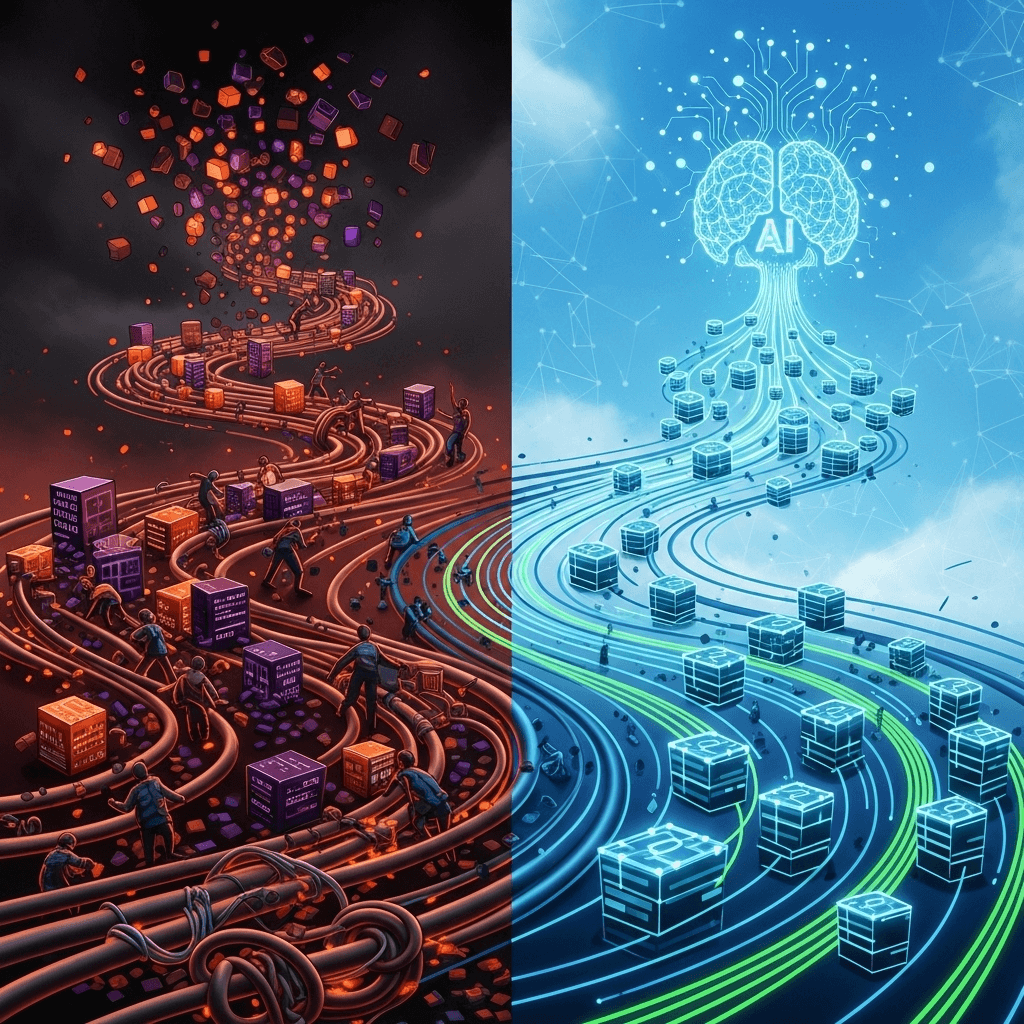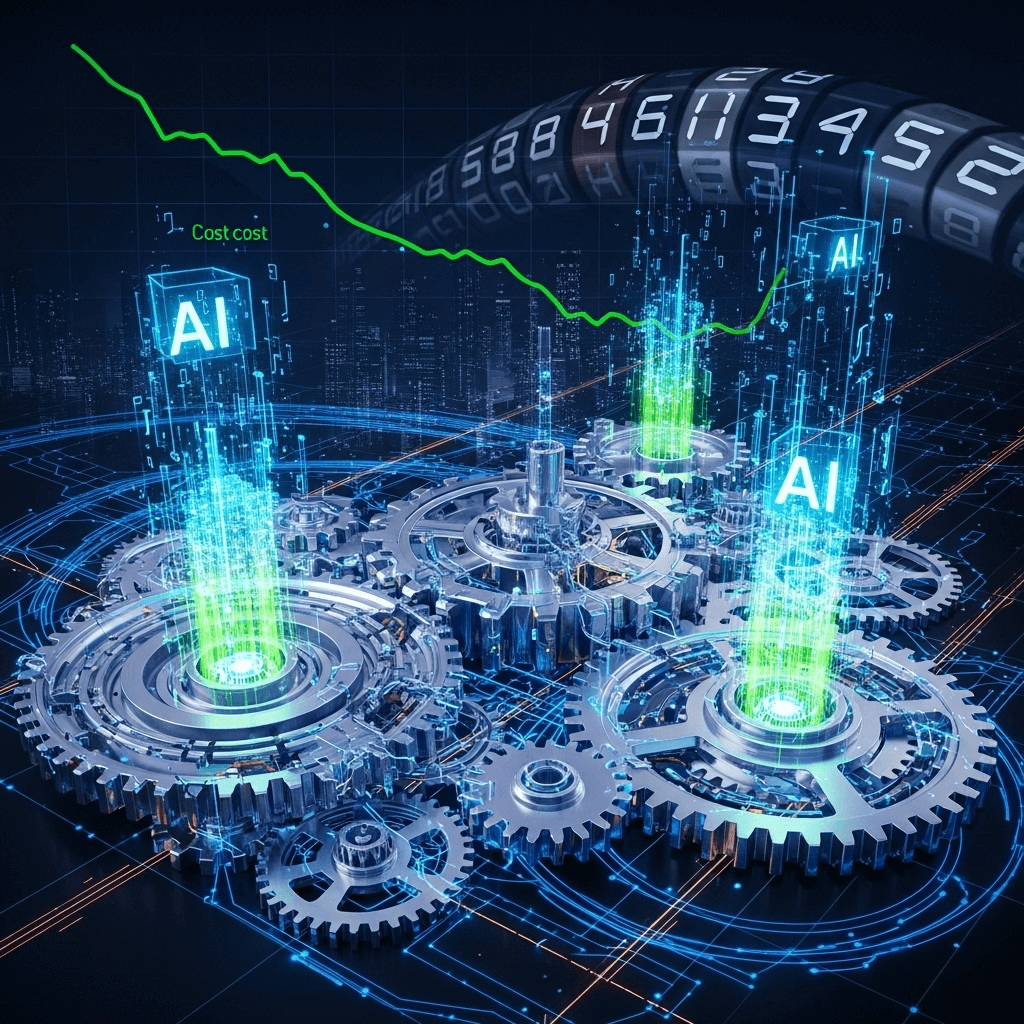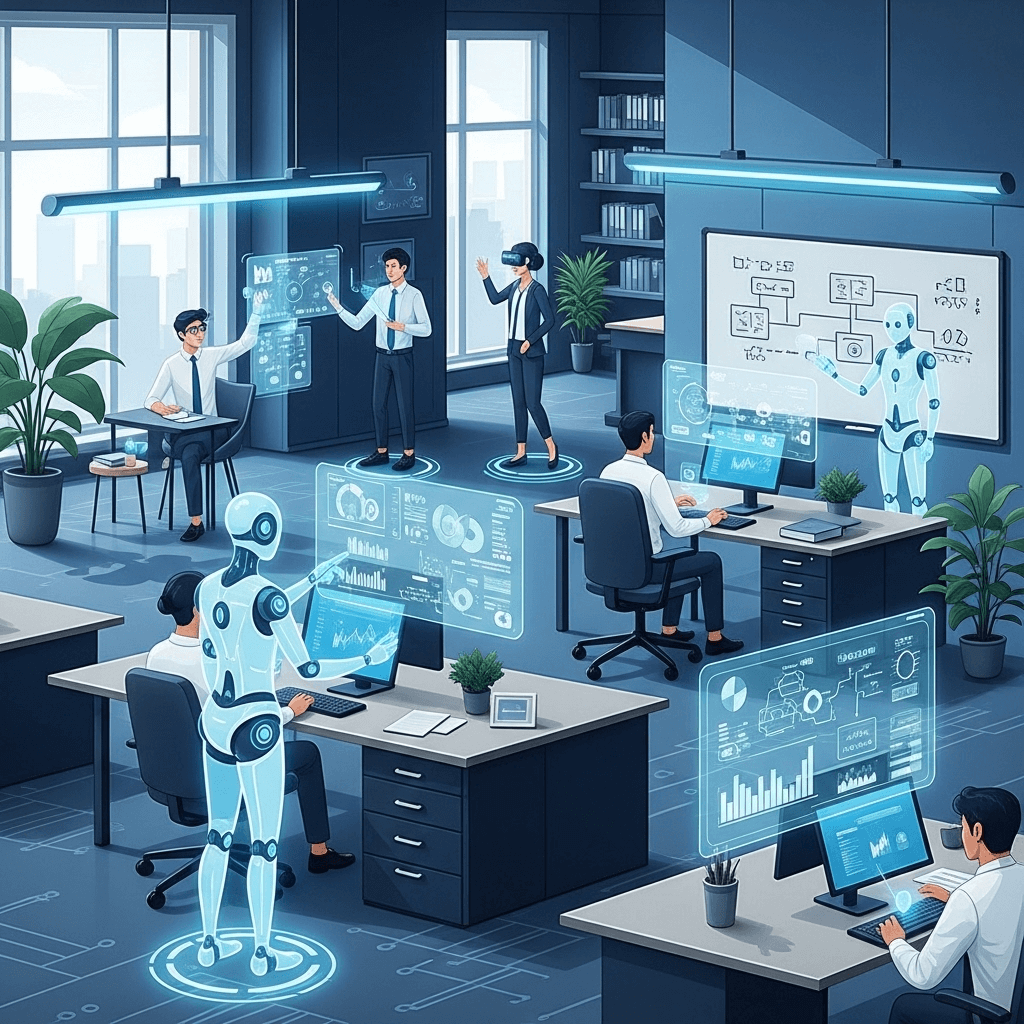OpenAI’s Strategic Move: Enhancing ChatGPT with Mac Automation for Peak Productivity

The Era of Integrated AI: OpenAI and Mac Automation
In the rapidly evolving landscape of artificial intelligence, strategic acquisitions and integrations are key to unlocking new frontiers of productivity and user experience. While specific details around a Mac automation app named “Sky” being acquired by OpenAI have been a subject of interest and speculation, the underlying strategy points to a clear direction: making AI, specifically ChatGPT, more deeply embedded and useful in our daily digital lives, especially within the macOS ecosystem.
Imagine a world where your AI assistant isn’t just a chatbot, but a seamless extension of your operating system, capable of understanding context, automating repetitive tasks, and accelerating complex workflows directly on your desktop. This is the promise of integrating powerful AI models like ChatGPT with robust local automation capabilities.
Why Mac Automation is a Game-Changer for ChatGPT
Integrating a Mac automation app, or similar capabilities, into OpenAI’s ecosystem could bring several transformative benefits:
- Enhanced Local Capabilities: Move beyond browser-based interactions. A deeper integration allows ChatGPT to interact with local files, applications, and system settings, executing commands directly on your Mac.
- Seamless Workflow Integration: Automate tasks like data extraction from documents, email drafting based on project updates, scheduling meetings, or even generating code snippets directly within your development environment.
- Personalized Productivity: Learn user habits and preferences to proactively suggest automations or complete tasks before being explicitly asked, making AI a truly intelligent assistant.
- Offline Utility (Potential): While core ChatGPT functions require an internet connection, local automation could enable certain tasks to be performed or prepared offline, improving reliability and speed.
- User Experience: A unified interface for AI interactions and system automation reduces friction, making advanced AI tools accessible to a broader audience, from developers to creatives and business professionals.
Boosting Your Productivity with AI-Powered Workflows
The vision of OpenAI embracing local automation is to dramatically boost productivity across various sectors. Here’s how:
- For Developers: Automate code generation, testing, deployment scripts, or integrate with IDEs for intelligent suggestions and debugging.
- For Creatives: Streamline content creation by automating image resizing, video transcription, document formatting, or even generating creative briefs based on input.
- For Business Professionals: Automate report generation, data analysis tasks, email management, meeting summaries, and customer service interactions, freeing up valuable time for strategic thinking.
- For Everyday Users: Simplify routine tasks like organizing files, managing reminders, browsing information more efficiently, or personalized learning experiences.
The synergy between ChatGPT’s language understanding and generation prowess, combined with the precision and execution power of system-level automation, creates a formidable tool for digital transformation.
The Future is Automated and Intelligent
OpenAI’s strategic direction, whether through direct acquisitions of specific automation tools or by building in these capabilities, underscores a larger trend: the future of work is collaborative, with AI playing an increasingly active role. Companies and individuals alike will need to adapt to these new AI workflows to remain competitive and efficient.
Embracing these advancements means not just using AI, but understanding how to integrate it intelligently into your existing processes. The goal is to move from manual, repetitive tasks to highly optimized, AI-assisted workflows that drive performance and foster innovation.

 English
English 


































































































